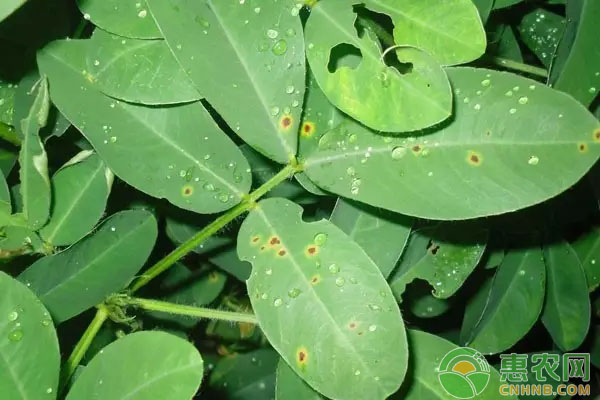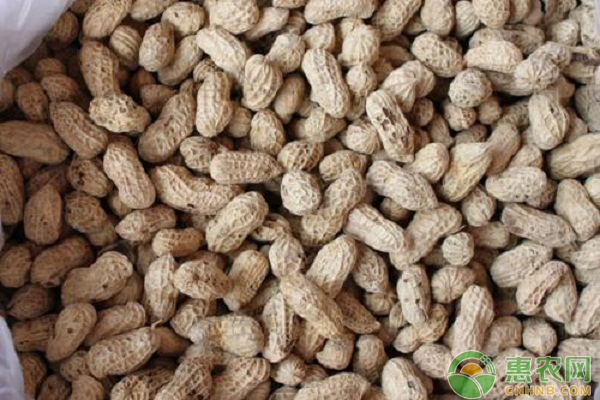Peanut leaf spot disease includes both black spot and brown spot. These two diseases are spread over most of the peanut production areas in China. The incidence of crop rotation is light, and the incidence of continuous cropping is serious. The longer the period of heavy sputum, the heavier the disease, often less than the harvest season, the leaves will fall off in advance. This premature aging phenomenon is often mistaken. It is a symbol of peanut maturity. Its emergence has affected the economic benefits of farmers.

Leaf spot, one of the most common conditions of peanuts, often has a significant impact on peanut yield. How to effectively prevent leaf spot disease and reduce the harm it brings?
The occurrence and characteristics of leaf spot disease!
1 Leaf spot disease bacteria often overwinter on the diseased body. After the humidity temperature is suitable in the coming year, it is transmitted by wind and rain, and enters the peanut tissue to absorb nutrients; therefore, the rainy season is often the high-incidence period and the propagation period.
2 The quality of the land is insufficient and it is repeated.
3 Farming operations are not appropriate. Aiming at the disease, some agricultural friends use the drug amount, the dilution factor is unreasonable, and the drug effect is not produced; at the same time, the topdressing is unreasonable, resulting in the peanut leaves prospering and thinning, but the resistance is reduced and the disease is more susceptible; secondly, most agricultural friends are not Pay attention to prevention, but wait until the onset of illness to fight drugs on a large scale.

Peanut leaf spot comprehensive prevention and treatment method
1 Selection: Choose peanut seeds with full granules and strong disease resistance. Seed dressing before planting.
2 Soil: Our soil is also very important. Keeping the rotation and rejecting it is good for the cultivation of peanuts. At the same time, in order to prevent underground pests and germs, we can deepen the soil through exposure and disinfection; we must also observe the tendency of the soil to be excessively acidic.
3 Weeding: timely clearing the weeds in the field. First, it does not provide parasitic sites for pests and diseases, but to ensure that peanuts have sufficient nutrient supply to ensure the normal development and growth of peanuts.
4 Fertilization: Fertilization should be uniform, and trace elements should be balanced to ensure that the plants are robust and nutritious. Do not apply nitrogen fertilizer and reapply phosphate fertilizer. Fertilization pays attention to the main compound fertilizer, plus organic fertilizer, with elemental fertilizer.

5 prevention: prevention and treatment of the disease, find time. In the field, pay attention to the number of black spots in the lower leaves. If it is rare, then it is the best time to prevent it. Prevention is mainly based on prevention. From the last year of peanut harvest, we will start to prepare. After the peanuts are harvested, the remaining pathogens are removed in time and concentrated and destroyed from the peanut fields; according to the annual high-incidence period, before the onset, a preventive fungicide such as 75% chlorothalonil 100-120 g per mu is sprayed; After the onset, 80% of mancozeb 400 times solution can be used for spraying.
Shaanxi Hongbaiyi Biotech Co., Ltd. , https://www.sxhongbaiyi.com